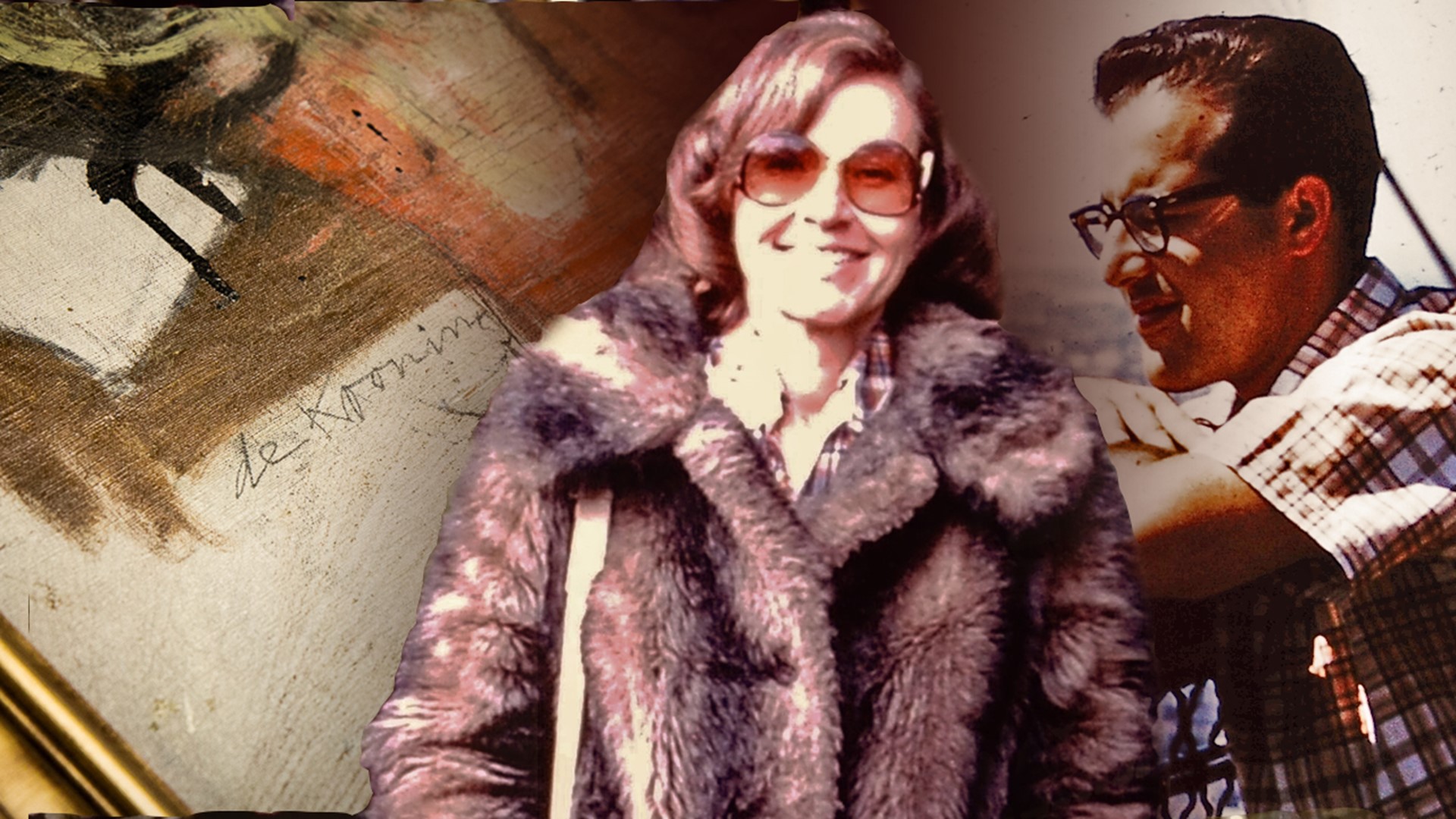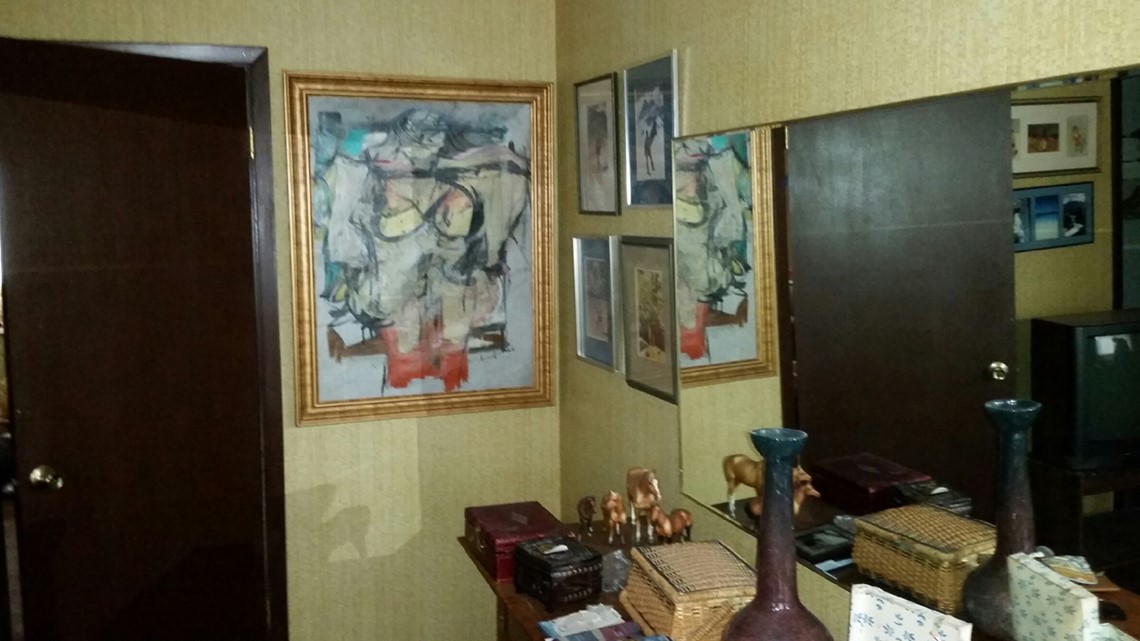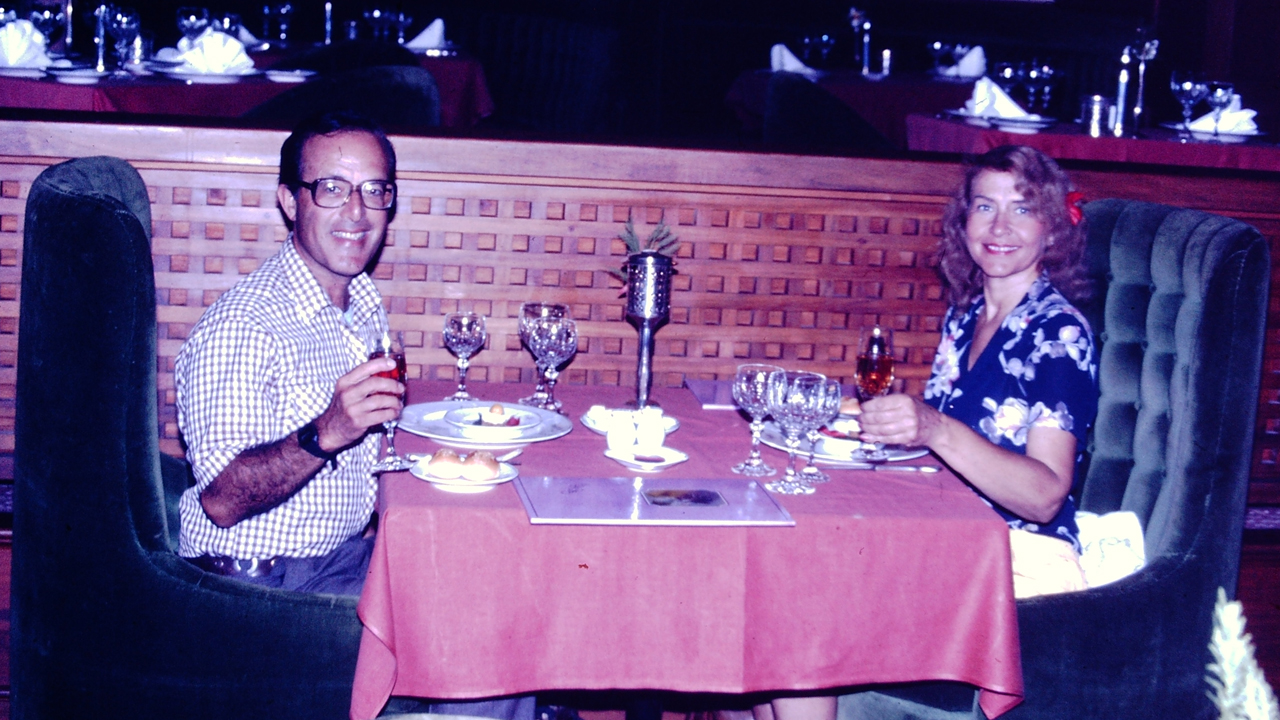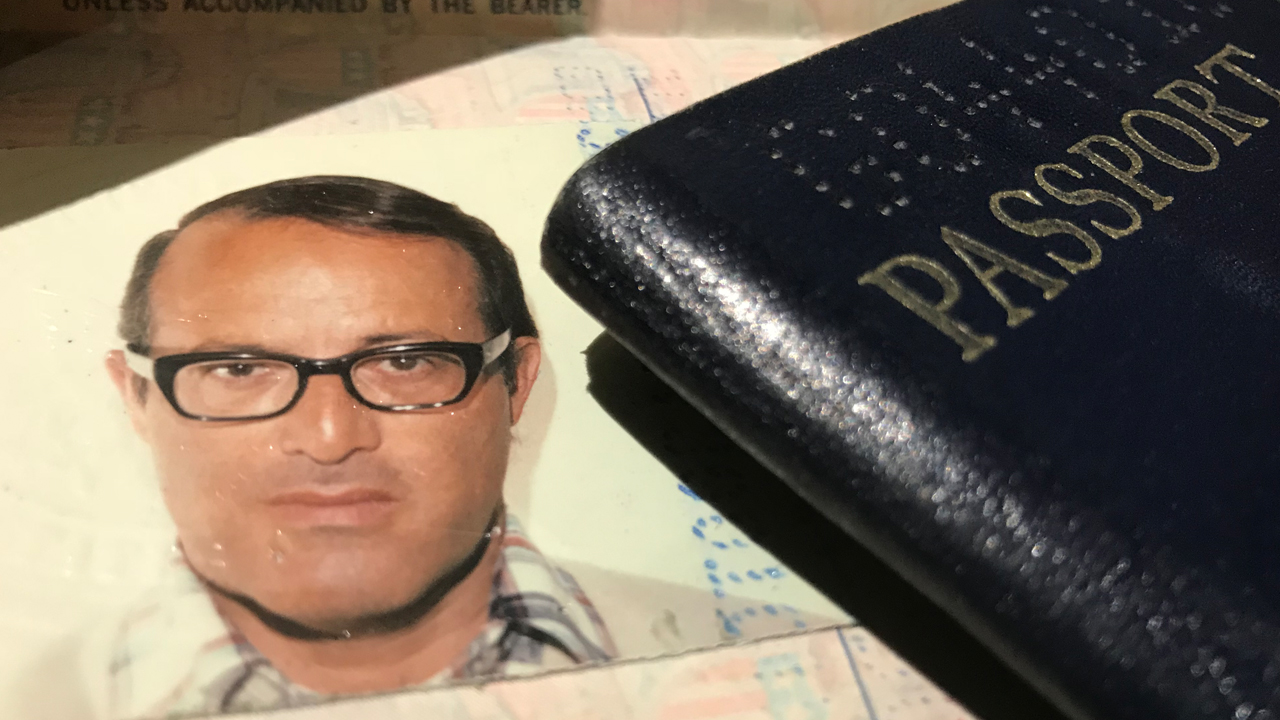Discovering the de Kooning: A WFAA Original documentary
It started with a phone call. That's where this mystery begins into one of the biggest unsolved art thefts in U.S. history.

With a phone call, the mystery begins
Unraveling one of the biggest art heists in U.S. history
Ron Roseman was almost finished liquidating his late aunt's estate last summer when the phone rang.
It was the FBI.
An agent wanted to know where his aunt, Rita Alter, got a painting that hung behind her bedroom door. Roseman had seen the abstract expressionist painting that the agent was inquiring about but had no idea where his aunt got it.


“Why?,” Roseman asked.
Because it was stolen from a museum 32 years ago and is valued at $160-million, the FBI told him.
That's where this mystery begins into one of the biggest unsolved art thefts in U.S. history.
It took 15 minutes
About the stolen masterpiece
The oil painting, known as Woman-Ochre by Willem de Kooning, was taken during a daring heist at the University of Arizona Museum of Art in 1985.

For years, investigators had few clues: a woman distracted the museum security guard while a man used a blade to cut Woman-Ochre from its frame on the second-floor gallery. He then rolled it up and hustled down the museum stairs as the two thieves quickly sped off in what was only described as a two-door rust colored car.
The crime took less than 15 minutes.
Frayed edges from a cut canvas and an artist sketch of the suspects – a man and a woman – were all detectives had for more than 30 years.
In the Alters' home movies, seen here exclusively for the first time, we confirmed that the couple owned a dark red, two-door car. Plus, the Alters lived about three hours from the museum.
But by the time the FBI called Roseman, he had already sold Woman-Ochre – never knowing its value and history – along with most all the art and furniture in his aunt's home for $2,000 to an antique dealer in Silver City, New Mexico.
The stolen masterpiece – now with an estimated value of more than $160-million – might never have been found if it weren't for a customer at that antique dealer's consignment shop.
The customer – familiar with art history and abstract expressionism – immediately recognized the painting and urged the store owners to research it.
Days later, one of the store owners, David Van Auker, found the painting in an old news article on-line and called the University of Arizona Museum of Art.
“I had daydreams of getting that phone call, of someone calling up or someone mysteriously sending a package and the painting being inside of it,” said Olivia Miller, museum curator. “I don't think I honestly thought it would actually happen.”
Within days it was returned under armed guard.
Still, this case is far from closed.
Who were Jerry and Rita Alter? And did they steal it for their own viewing pleasure?
How could they afford it?
A lifestyle raises questions
Jerry and Rita Alter left more questions than answers. They lived the life many of us dream about, having visited 140 countries on all seven continents.

Their lifestyle raised questions by itself considering Jerry retired as a public school teacher at age 48 and moved his family from the New York City area to southwest New Mexico. Only then did his wife, Rita, go to work as a public school teacher in a nearby town.
Despite living on one salary, the Alter's appeared to be quite comfortable financially. The couple had one of the nicest homes in town – 20 acres on the edge of the mountains of the Gila National Forest.
They built a pool which is a rare luxury in their community and would take off for weeks at a time on adventures to some of the most remote parts of the planet.

Interestingly, the couple's own records show they were not overseas when the de Kooning was stolen in November 1985.
If Jerry and Rita Alter did not steal Woman-Ochre. They knew what they had. This segment explains why.
Evidence mounts
The final clue
The deeper we dug, the more the evidence mounted against Jerry and Rita Alter.
And before he died, Jerry left one final clue that is now the most startling of all.
Returning Woman-Ochre back to the University of Arizona Museum of Art wasn't going to be as easy as anyone expected either.

“We started getting phone calls from attorneys who were trying to get us to keep the painting and not turn it back over to the museum,” Van Auker said.
The conclusion of Discovering the de Kooning documents the emotional moment when museum staff saw the painting for the first time in more than 30 years.
“It was like seeing a ghost of something. I've only known this painting from photographs,” said Olivia Miller, the museum curator.
And after considering the totality of the circumstantial evidence, Ron Roseman shares some new thoughts about the aunt and uncle he thought he knew.
Watch: Full WFAA documentary
On your mobile device? Click here to watch the full video presentation.
